Cheshire the Cat wrote: Tue Nov 18, 2025 9:12 pm
1. Any general observations or recommendations on asset allocation?4. Should we consider a glide path towards 60/40 or 50/50 over the next 8-10 years?
Your desired AA of 70/30 with ~30% of stocks in int’l seems fine, but if you’re questioning that then perhaps one or both of the exercises below might help. On how your AA changes as you age should be a planned slope or stair-step that is included in your IPS; the Vanguard TDF glide-path design might give you ideas about how to personalize that generic template to fit your needs (if you need a glide-path at all, and whether that’s a linear slope changing every year, or step-changes at major age events, like 65, 75, 85); whatever change-over-time you decide, write it down in your IPS.
Control Your Risk
1) Read the Wiki article for Assessing Risk Tolerance, take the Vanguard Investor Questionnaire, then tailor the asset allocation (AA) that was recommended by the quiz based on your knowledge of your personal risk tolerance having read the Wiki article.
2) Alternatively (or in addition to), ask “How much of a drop in portfolio value as a % of total value can I handle?” cut that % in half to get standard deviation, then lookup that std. dev. on the X-Axis of the chart below, and finally scan up to see what AA that corresponds to. As an example, if you can only stomach a -24% drop in portfolio value, that’s a ±12% std. dev, which corresponds to an AA of 60/40. The return you get is an average and you’ll get what you get with your unique sequence of returns (there’s a lot of variance in outcomes due to the associated volatility of stocks so it probably will NOT be the average, but something more or less).
a. For a long time-frame (>10 years) AAs below 20% stock are dominated (red dots) by another AA with similar risk but higher reward (blue dots).
b. The dotted line represents a hypothetical linear risk-reward from 100% stocks down to 100% bonds; the historical risk-reward curve has an improvement for risk-adjusted return due to the lack of correlation between stocks & bonds.
Vanguard’s Target Date Retirement Glide-Path Design is a also a good starting point for choosing an AA. The choice of a specific TDF year should not solely be based on age, but could be ahead or behind your expected retirement age based on your personal risk-tolerance.
Cheshire the Cat wrote: Tue Nov 18, 2025 9:12 pm
2. Any general observations or recommendations on asset location?
You seem to be Mirroring His and Her holdings and while that might seem intuitive it leads to more holdings than necessary = added complexity.
Your Current layout exactly meets your desired AA, plus it’s all low-cost & tax-efficient, but the two Taxable holdings also show up in other accounts, so you have the potential for Wash Sales (highlighted in red).
The Proposed layout treats all accounts (His & Hers) as a single unified portfolio, which allows you to simplify holdings from 14 down to 10, with both Roth IRAs and both HSAs simply holding a single fund (S&P-500 index). All the bonds are in Her 401k and the balance of int’l stock is in His 401k using Fidelity’s Int’l Index (FSPSX) to avoid the wash sale with Van Int’l Index (VTIAX/VTSNX). This still exactly meets your desired AA, but with a few less funds. “Simplicity is the master key to financial success.” — John C. Bogle
A template spreadsheet (not your data) to help with asset allocation assessment and rebalance planning is linked below. Make a copy in your local GoogleSheets space to edit (or download to your local machine if you have Excel). It should only take about 10-20 minutes once a year to update your balances and plan a shuffle among funds if any deltas are off by more than ±5% (or whatever your personal rebalance threshold is).
Asset Allocation Sheet
———-
Under future contributions, you mentioned a Roth 401k (in addition to the existing Trad 401k). If you can allocate the Trad & Roth fund choices independently the it is optimal to keep the Roth 401k at 100% stocks (either all US or a split among US & Int’l if required to maintain overall AA while not complicating the IRA & HSA accounts). If you are forced by the 401k plan to hold the same fund in Roth as Trad, then just accept that there’s going to be some bonds in Roth (which is sub-optimal but unavoidable).
Cheshire the Cat wrote: Tue Nov 18, 2025 9:12 pm
3. Any feedback on achieving retirement in 8-10 years given the portfolio and future contributions?
That really depends on your retirement expenses. Start with @KlangFool’s formula to estimate your current expenses: Annual Expenses = Gross Income – Taxes (1040, Line 24) – Annual Savings. Then adjust that by what will change in retirement (retirement savings goes away, but savings for home repair/upgrade, new cars, gifts to children remain; principle & interest eventually go away when mortgage is paid off, but property tax & hazard insurance remain; commuting costs might go down but vacation spending might go up; term life insurance payments might go away but costs for long-term care in late retirement might go up).
The beauty of Klang’s formula is that if you take out taxes and known savings you are spending all the rest of it. We’ve seen posters that had a detailed budget in a spreadsheet or phone app and were surprised to see Klang’s formula show them as much as $50K of unaccounted spending!
If your (Pension + SocSec + Portfolio Draw) – Taxes – Post-Retirement_Savings > Expenses, then you’re good to retire.
So that also means getting estimates of your other income sources (pension and SocSec). Check with your HR dept about any pension. Check your online account at https://ssa.gov for your SocSec benefit estimate (in today’s dollars) if you work to 62, 67, and 70. Check https://opensocialsecurity.com for an optimal claiming strategy (often suggests the lower earner claim at 62 while the higher earner defer to 70; might be both at 67 if salaries for each are about the same).
We can’t help with the estimates of pension, SocSec, or expenses, but we can provide an approach for projecting what the portfolio draw will provide. We’ll use her age as she’s younger so retiring in 8y at 58 and living to 95 is a 37y period, rounded down to the nearest 5y increment is 35y. The initial draw of 4% for 30y from the Trinity Study is reduced to 3.7% for a 35y period. Starting at age 50 and retiring at 58, while contributing $91K/yr, with +3%/yr increases in contributions due to inflation/raises get a balance-at-retirement in this kind of range:
End-Bal Percentile
$3,841.3K 10th
$4,521.0K 20th
$6,074.9K 50th
$8,003.1K 80th
$9,176.5K 90th
The 10th percentile result (assumes a bad sequence of returns (SOR) for planning purposes) of about $3.8M, supports a 3.7% initial draw of $142.1K, which is $112.2K in today’s dollars. So if Pension + SocSec + PortoflioDraw=$112K > Taxes + Savings + Expenses then you’re good..
While the constant-dollar (Const-$) strategy of the Trinity Study is a good “gut check” for retirement readiness/viability, it’s likely not the best withdrawal strategy if have a good pension and/or SocSec benefit and a significant portion of your portfolio draw is discretionary. If portfolio spending is flexible (discretionary vs mandatory), then Variable Percentage Withdrawal (VPW) or Amortization Based Withdrawal (used by the TPAW Planner) are likely better approaches to let you spend & enjoy more during your lifetime rather than potentially leave a massive legacy to heirs/charity. The VPW Table suggests a 58y old with a 70/30 AA could draw 4.8% that year, so $145K rather than $112K (in today’s dollars).
The results above are from my Accumulation Monte Carlo, linked below the image along with other models that don’t require Excel. I encourage you to play with the TPAW Planner as that’s likely one of the most comprehensive free planners out there and it’s reviewed by professors in economics/finance.
Data and Models I use for Monte Carlo:
NYU Data Set 1928-2017 with Model Fits
Accumulation Monte Carlo <- Image above
You’ll need a MS Excel license; download to your local machine and enable macros (required for the 1,000 random trials and results aggregation).
I’m using my own model as I like to know what’s under the hood, but there are other models I like that have public facing website interfaces:
TPAW Planner (probably most comprehensive, supports ABW), <- Try this one
Portfolio Visualizer’s Monte Carlo (also their Financial Goals model is nice),
Engaging Data: Rich, Broke, or Dead, (uses historical returns in a cycle for your retirement duration), and
FireCalc (also historical data, but lots more inputs to tailor to your situation).
Paid models sometimes cited here include Boldin (formerly NewRetirement) and Pralana Gold as well as many others (just citing these not recommending for or against on any of these).
That 10th percentile result represents a bad SOR (e.g., multiple years with bad returns, perhaps as low as a -60% crash). The uncertainty in projected balance tends to grow exponentially with the duration of the accumulation/withdrawal period (the longer you’re saving or withdrawing the bigger the variance between the 10th and 90th percentiles). However, if some/most of your spending in retirement is discretionary then VPW or ABW withdrawal strategies largely mitigate the SOR risk (in exchange for a cut in spending which reduces inflation-adjusted purchasing power, but you’ll never run out of money early with VPW and it’s much less likely to run out with ABW vs Const-$).
Standard caveats about simulations apply (those using 30y rolling periods suffer from small sample size for estimating a binomial proportion as the success rate and those using a large sample size as random draws from a distribution assume the distribution is constant over the withdrawal period; all sims suffer from assuming the future looks like the past in one way or another).
“All models are wrong, some are useful.” – George E. P. Box
Cheshire the Cat wrote: Tue Nov 18, 2025 9:12 pm
5. Decent bond options in the 401k are limited. Should we consider tax efficient bonds in the taxable account? Muni or other?
You have a decent bond option in Fidelity US Bond Index (FXNAX), which is actually what’s recommended for a 3-Fund Portfolio using Fidelity mutual funds (FSKAX, FTHIAX, and FXNAX). You can also fit all your 30% bonds in Trad Tax-Deferred accounts, so until you run out of space in Tax-Deferred (i.e., both Trad 401Ks are 100% bonds and you still need more), you should not be adding bonds to Taxable.



